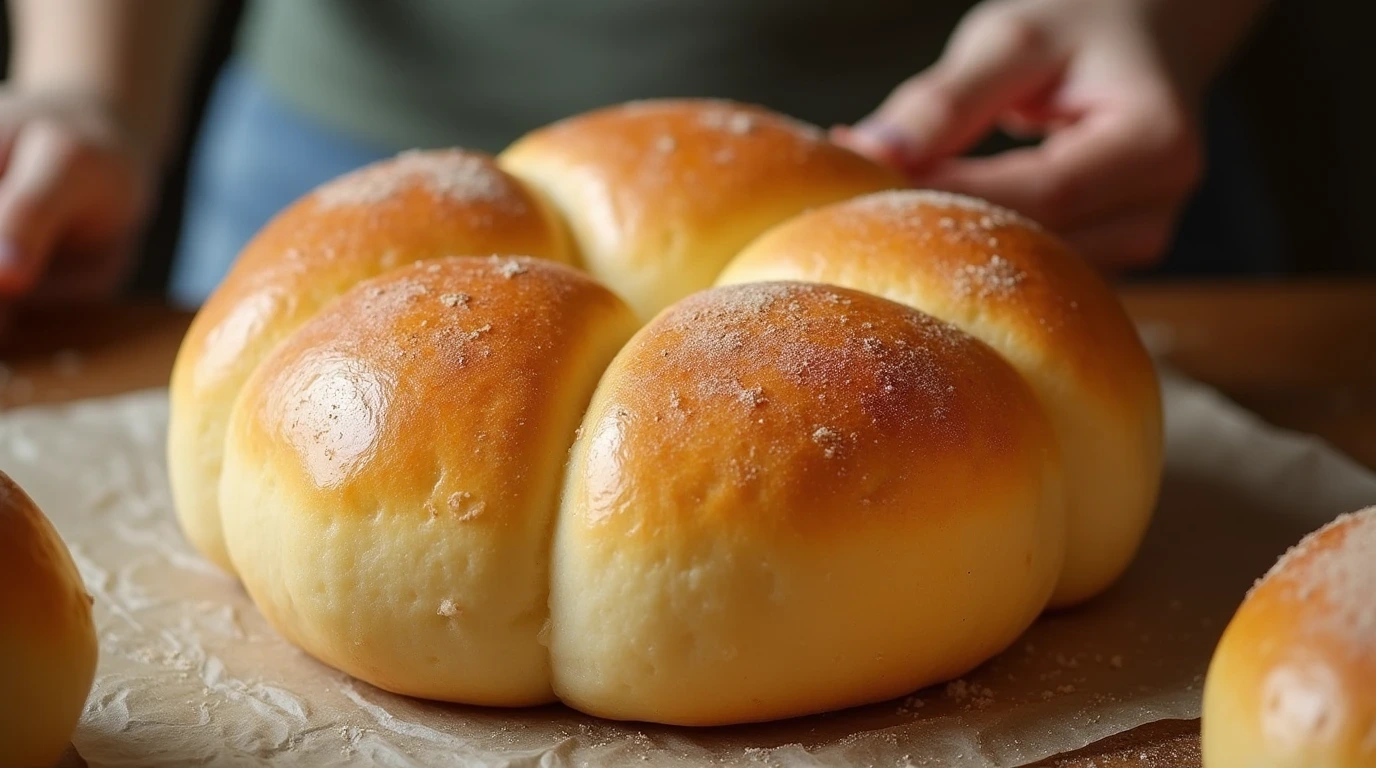Pai Bao Bread: Discover Its Country of Origin & Roots 🍞🌍
Table of Contents
Table of Contents
Have you ever savored a soft, pillowy piece of bread that instantly makes you feel at home? That’s the magic of Pai Bao bread—an iconic snack that has been beloved for generations, especially in Hong Kong. You might have heard of it, or perhaps you’ve tasted it at your local bakery, but there’s a lot more to Pai Bao bread than meets the eye. In this article, we’ll explore the country of origin, the fascinating history behind this beloved bread, and its roots in Chinese culture. From its humble beginnings to becoming a global favorite, Pai Bao’s journey is one worth knowing.
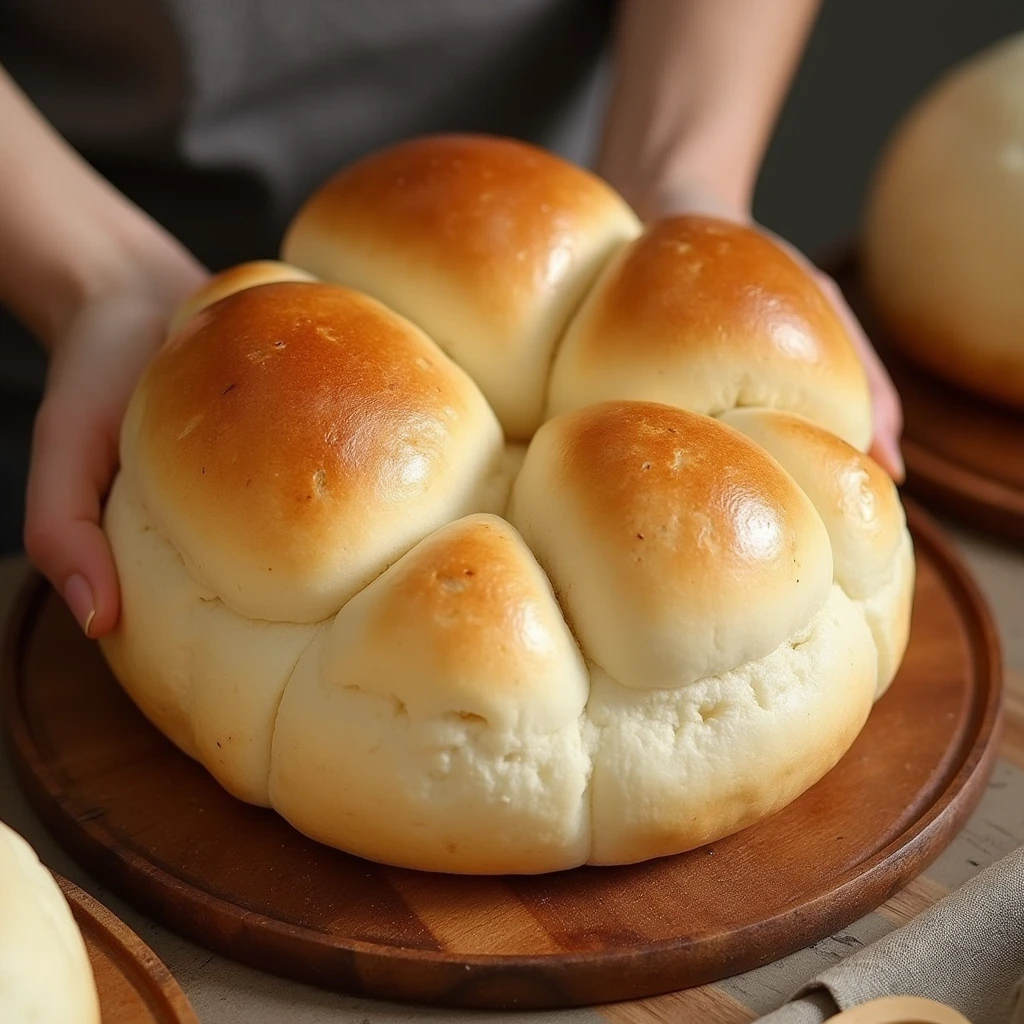
Understanding Pai Bao Bread: The Basics
Before we dive into the rich history of Pai Bao bread, let’s first take a moment to understand what makes it so special. Known for its incredibly soft, fluffy, and slightly sweet texture, Pai Bao bread is a beloved staple in many homes, especially in Hong Kong. What sets this bread apart from others?
Key Characteristics of Pai Bao Bread:
- Soft and fluffy texture: When you bite into it, the bread almost melts in your mouth, thanks to the careful balance of ingredients.
- Slight sweetness: While it’s sweet, it’s not overwhelming. This makes it ideal for both savory fillings (like BBQ pork) and sweet toppings (like custard or red bean paste).
- Versatility: You can enjoy Pai Bao bread as a standalone treat or use it in a variety of savory or sweet dishes.
Pai Bao bread, often made into small, individual buns, comes in various versions, with fillings ranging from sweet red bean paste to savory pork, depending on your taste preferences. But what’s the real story behind this soft, sweet bread? Let’s go on a journey through its origins and history.
Where Does Pai Bao Bread Come From?
You’ve probably heard of Pai Bao bread in Hong Kong—but is that its birthplace? The answer is a bit more complex, as Pai Bao bread is the product of a cultural fusion that has taken place over centuries. To fully appreciate Pai Bao, we need to understand where it fits into the larger picture of Chinese bread-making and the region’s unique history.

Historical Origins: The Fusion of East and West
Pai Bao bread traces its roots to Hong Kong during the Qing Dynasty (1644-1912), but it was deeply influenced by the British colonial presence in the region. During this time, many European foods and cooking techniques were introduced to the Chinese culinary scene. This cultural exchange laid the groundwork for the creation of a bread that blended traditional Chinese baking techniques with Western methods.
- British Influence: When the British introduced their baking techniques, the Chinese in Hong Kong adapted them to create something unique. This resulted in lighter, fluffier breads that deviated from the more dense, traditional Chinese buns.
- Chinese Adaptation: The Chinese adaptation of these Western techniques resulted in the creation of Pai Bao bread—characterized by its pillowy softness, slightly sweet flavor, and unique baking methods.
This combination of Eastern and Western influences made Hong Kong the perfect place for Pai Bao bread to emerge. As Hong Kong evolved into a global hub of commerce and culture, its culinary traditions became a blend of local Chinese cuisine and international styles.
Symbolic Meaning: A Bread of Unity and Good Luck
Pai Bao bread isn’t just about its taste—it’s also deeply symbolic. For generations, Pai Bao bread has been a key player in family gatherings, festivals, and celebrations. Its round shape represents unity, while its soft texture symbolizes harmony.
During Chinese New Year, Pai Bao bread is often seen on dining tables as families come together to celebrate. Its round shape is believed to bring good fortune and completeness for the year ahead. Similarly, at weddings and family reunions, Pai Bao bread is shared as a symbol of love and togetherness.
Pai Bao in Festivals:
- Chinese New Year: A time when families gather and share Pai Bao to ensure prosperity and happiness in the coming year.
- Weddings and Reunions: In these celebrations, Pai Bao bread plays a central role in symbolizing union and harmony.
What Makes Pai Bao Bread Unique?
Now that we understand where Pai Bao bread came from and its cultural significance, let’s dive into what makes it so unique. The key to Pai Bao’s fluffy texture and delicious flavor lies in its ingredients. By combining a few simple ingredients, Pai Bao manages to offer a taste and texture like no other bread.
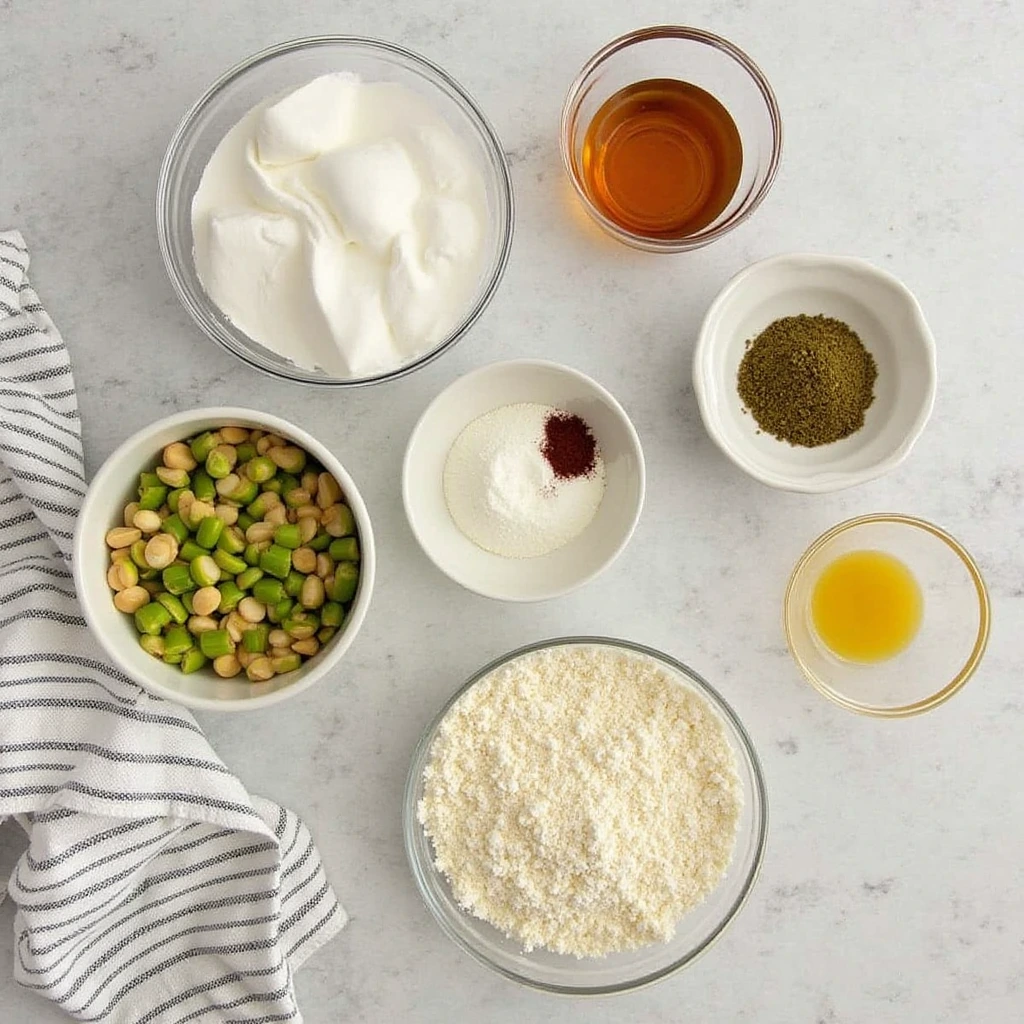
Essential Ingredients in Pai Bao Bread
| Ingredient | Quantity | Role in the Bread |
|---|---|---|
| All-purpose flour | 3 cups | Forms the base of the bread’s structure |
| Sugar | 1/4 cup | Adds a subtle sweetness to the dough |
| Active dry yeast | 1 packet | Helps the dough rise, giving the bread its airy texture |
| Whole milk | 1/2 cup | Contributes moisture and softens the bread |
| Butter | 2 tbsp | Adds a rich flavor and helps create a smooth texture |
These five ingredients work in harmony to create the light, fluffy bread that you know and love. Of course, the recipe can be adjusted for different dietary needs, whether that’s using non-dairy milk or swapping out butter for a plant-based alternative. But these basics are what truly give Pai Bao its distinctive mouthfeel and flavor.
How to Make Pai Bao Bread: A Simple Step-by-Step Guide
Ready to make some Pai Bao bread at home? Don’t worry—it’s easier than you think! Here’s a detailed guide that will take you through each step of the process.
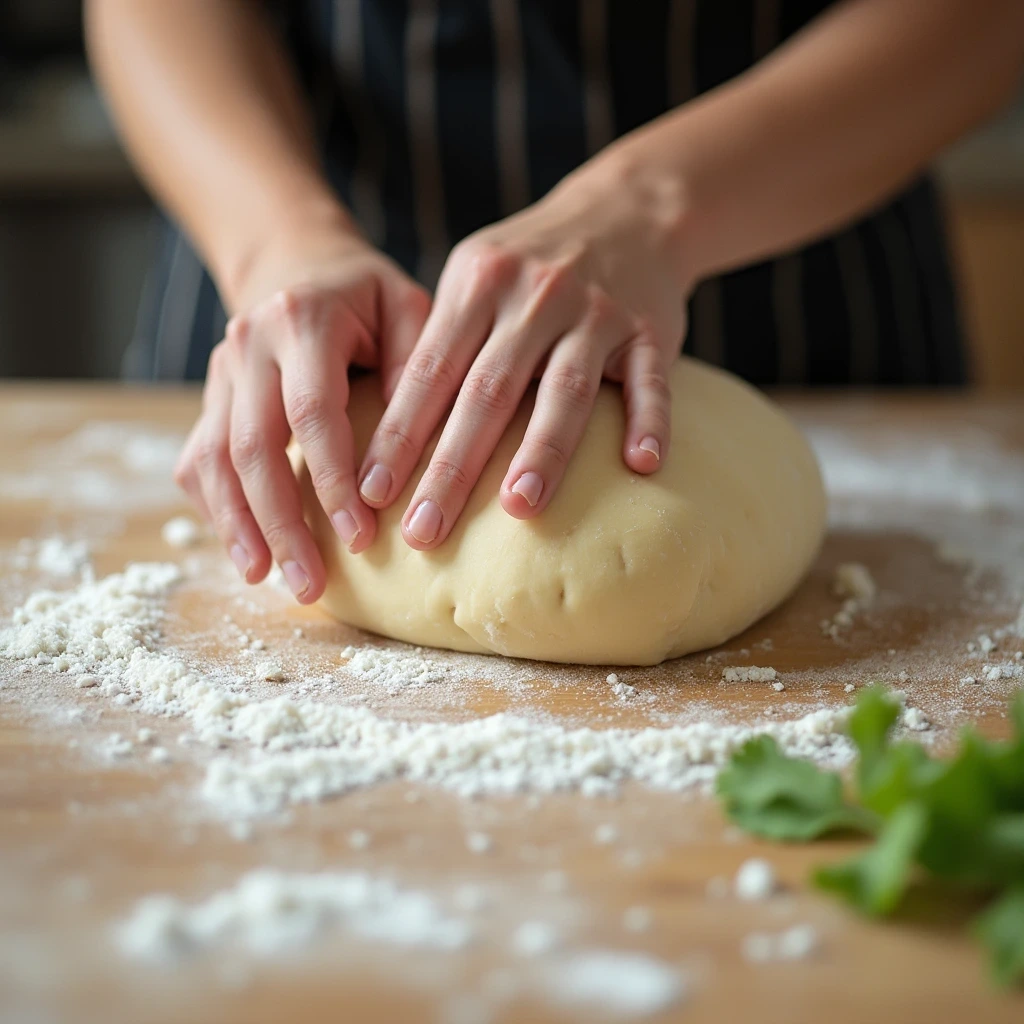
Step 1: Prepare the Dough
Start by combining all your dry ingredients (flour, sugar, yeast) in a large bowl. In a separate bowl, mix the wet ingredients (milk and melted butter). Add the wet ingredients to the dry ingredients gradually, mixing until the dough comes together. Knead the dough for about 10 minutes until it’s smooth and elastic.
- Tip: If the dough feels sticky, add a little more flour until it reaches a soft, elastic consistency.
Step 2: Allow the Dough to Rise
Once the dough is kneaded, cover it with a damp cloth and place it in a warm spot for about 1-2 hours. This allows the yeast to work its magic, and the dough should double in size.
Step 3: Shape the Dough
After the dough has risen, divide it into equal portions and shape each into a small ball. If you prefer filled Pai Bao, this is the time to add your filling (like sweet red bean paste or savory BBQ pork) before sealing the dough.
- Pro Tip: Make sure the dough balls are even in size so that they bake uniformly.
Step 4: Bake the Bread
Preheat your oven to 350°F (175°C). Place your shaped dough balls on a baking tray and bake them for about 12-15 minutes, or until they’re golden brown on top. If you want an extra glossy finish, brush the tops with a bit of butter or egg wash before baking.
- Hint: Don’t overbake the bread—it should be soft and light, not dry.
The Cultural Impact of Pai Bao Bread
While Pai Bao bread is most closely associated with Hong Kong, its influence has spread far beyond the region. As the world has become more interconnected, so has the reach of Pai Bao bread.
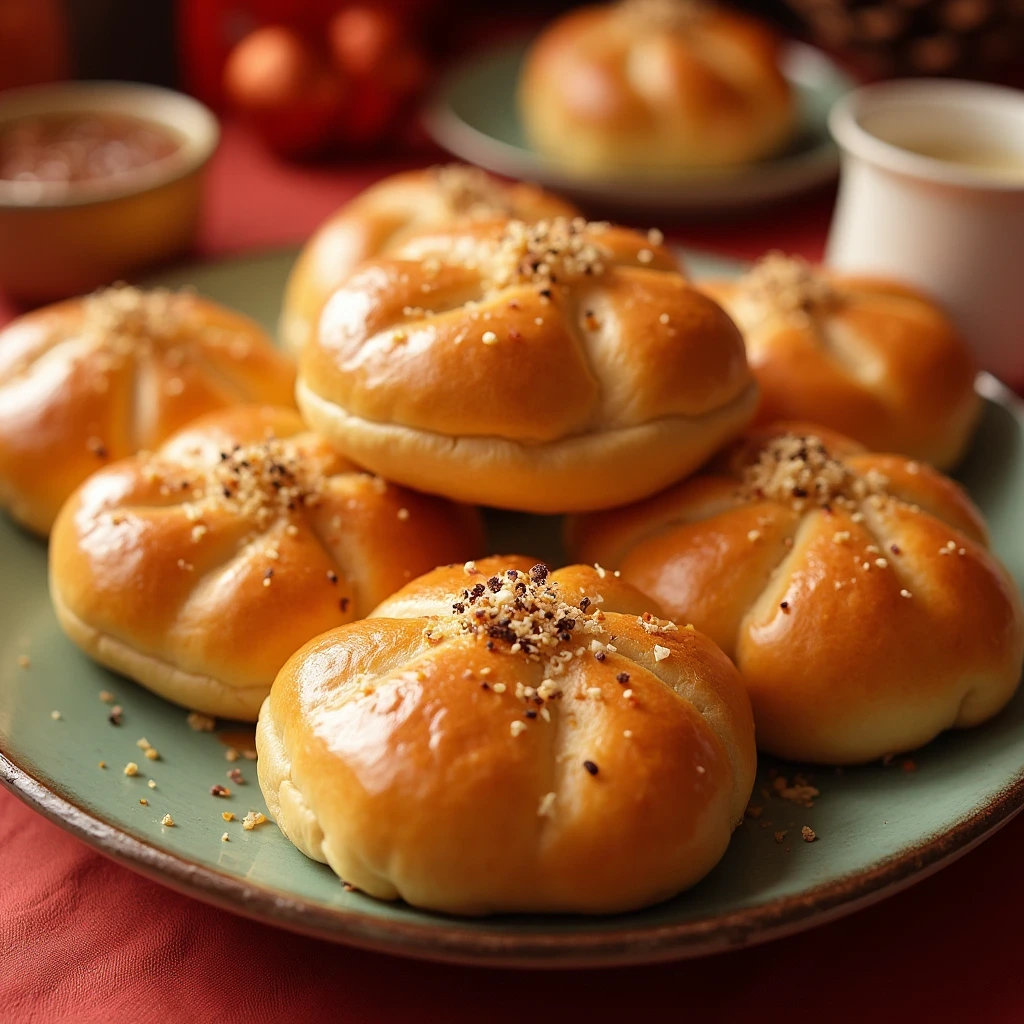
Pai Bao Around the World: A Growing Global Presence
Pai Bao bread is no longer confined to Hong Kong; its presence has grown worldwide. As Asian cuisine gains global popularity, more people are discovering Pai Bao bread. Its delicate sweetness and versatility make it a perfect addition to any menu, whether served with savory BBQ pork or sweet custard filling.
In Taiwan, for example, Pai Bao is sometimes topped with a crispy sugar crust, offering an interesting texture contrast to the soft bread. In Japan, it’s common to find matcha-flavored versions or those filled with red bean paste. The global spread of Pai Bao shows how adaptable and beloved it has become.
Modern Adaptations
The popularity of Pai Bao bread has led to various adaptations to suit different diets. Many bakers are now making gluten-free versions, vegan Pai Bao, and even low-sugar alternatives, making the bread accessible to everyone.
- Gluten-Free Pai Bao: Swap out all-purpose flour for a gluten-free flour blend. While the texture may differ slightly, the result is still a soft, delicious bread.
- Vegan Pai Bao: Use plant-based substitutes for milk and butter for a dairy-free version that still maintains the bread’s rich flavor and texture.
Frequently Asked Questions (FAQ)
How long does Pai Bao bread last?
Pai Bao Bun can last up to 3 days when stored in an airtight container at room temperature. If you want to extend its shelf life, you can freeze it and thaw it when you’re ready to enjoy it.
Can I make Pai Bao bread gluten-free?
Absolutely! Simply use a gluten-free flour blend. The bread may have a slightly different texture, but it will still be fluffy and delicious.
What’s the best way to store Pai Bao bread?
To keep Pai Bao Bun fresh, store it in an airtight container. If you have leftovers, freeze them for up to a month and thaw them as needed.
Conclusion: The Legacy of Pai Bao Bread
Pai Bao Bun is not just a food; it’s a piece of history. From its humble beginnings in Hong Kong to its place as a symbol of family and good fortune, Pai Bao has woven its way into the hearts of people all over the world. With its soft texture, slightly sweet flavor, and rich cultural significance, Pai Bao is a bread that transcends time and place.
Whether you’re baking it from scratch or enjoying it at a local bakery, Pai Bao bread will always have a special place in the hearts of those who enjoy it. So, why not give it a try? Bake your own Pai Bao at home and share this beloved bread with your family and friends today.
Call to Action: Have you made Pai Bao Bun yet? Share your recipe and tag us on social media! We’d love to see how you’re celebrating the legacy of this soft, sweet, and fluffy bread.
Did You Try Our Recipe?
There are no reviews yet. Be the first one to write one.

